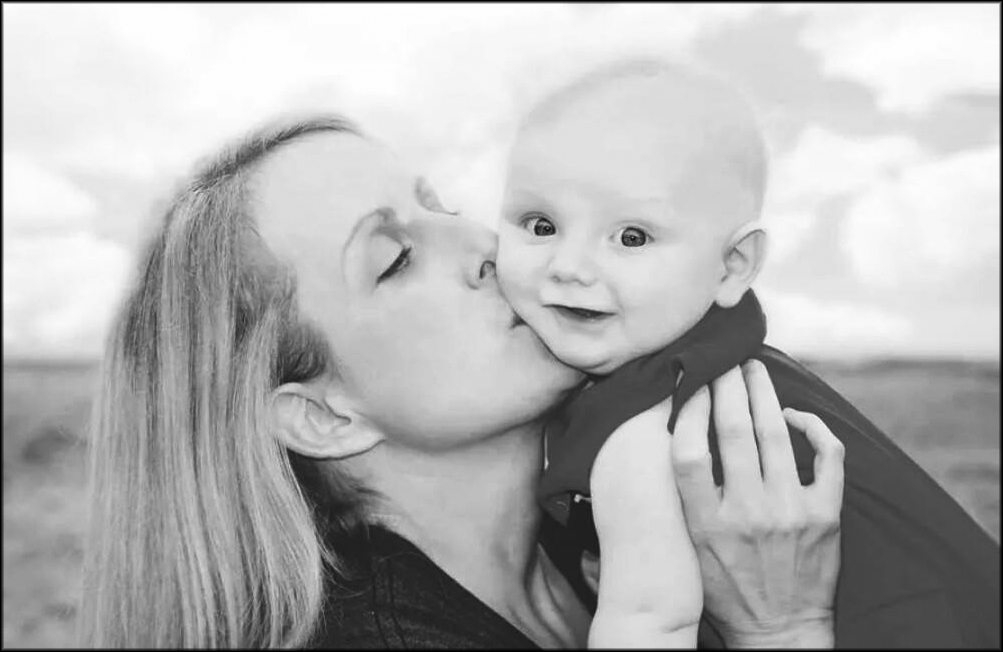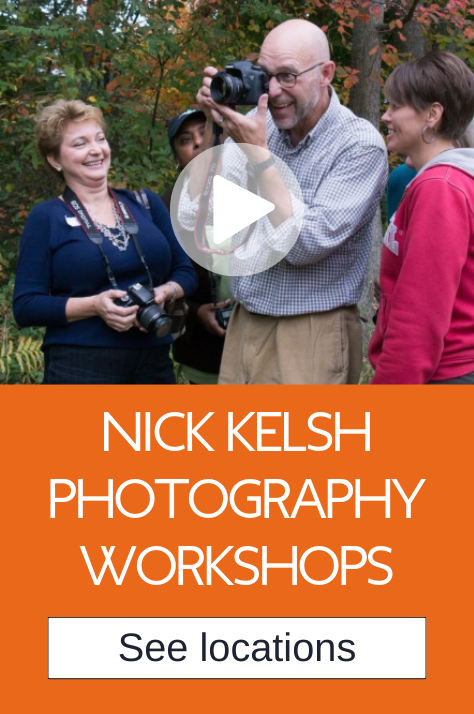I would love it if all of the dads and husbands out there who are married to the family photographer could read this article. If you don’t own a camera and you feel klutzy when you occasionally want to document mom with the kids— or your photographer wife all by herself for that matter—you should know that you are in good company.
One of the most challenging moments that I encounter as a “ Photo Guru” is when someone asks me to take a picture with their camera. With all too many cameras—even for me—it’s right back to Basic Photography 101. The variation in camera design and positioning of buttons from camera to camera is mind blowing. They don’t make this easy, do they?
So what I’m confessing here is that I have to go down the same amateur photographer checklist everyone does in this situation and it can be a little humbling. In a perfect world the person handing you the camera has already made sure that the settings are correct and all you have to do is push the button.
Trust me, it is far from a perfect world.
Let’s forget about whether or not the picture you’re about to take will be well composed or is going to be a “good” picture. Let’s do our best to ensure that the picture is not too dark and not too light and reasonably sharp. That’s a great place to start.
To keep things simple I suggest that you use an automatic exposure function. I know that some of you graduates of my Going Manual class are shocked by that comment, but automatic exposure will serve you well most of the time. (It will backfire if you have something really bright in the background like a sunlit window behind people that are indoors. Avoid that situation.)
On most cameras there’s a dial on top of the camera where you can choose the exposure function. If you choose “P” for Priority the camera will choose a Goldilocks f-stop and a Goldilocks shutter speed for you—not too dark, not too light, not too fast, not too slow. If you do this your exposure should be just right. Very Goldilocksy.
A Goldilocks exposure will not ensure that your picture is sharp however. You can have a totally out of focus properly exposed picture. So you want to be on automatic focus. Confirm that the camera is set to autofocus with the camera owner. (We are not even going to go near manual focus in the situation. Even the camera’s owner will often not know how to focus manually.)
There’s probably a little square in the middle of the frame and you will put that on the face of whoever you want sharp in the picture. (I’m assuming you’re photographing people here.) Then you hold the shutter button halfway down and the camera focuses on that spot. Keeping the shutter button halfway down you can then recompose the picture. As long as the shutter button is halfway down it will remain sharp on that initial face. When you push the button the face will be sharp. In theory.
The theoretical part plays a huge consideration when you’re taking pictures in a dimly lit room. If it’s dark, your camera just may want to use a longer shutter speed than you can hold still. If you shake the camera or if your subject moves the picture will be blurry. Not great.
That brings us to the flash. If you’re in the proverbial, problematic dimly lit room you just may want to use it. Once again, you may need to consult with the camera owner to make sure that the flash will go off. The picture will have a snapshot look to it but that’s better than out of focus mush.
Something else you can do to stand out from the crowd is simply get closer to your subject. Fill the frame with faces if that’s appropriate. Obviously, if there’s something important happening in the picture around them you may want to include that, but not getting close enough to the subject is Classic Amateur Mistake Number One.
Whatever you do, shoot a test picture. (DON’T make everybody get in position and smile for a test picture. They only have so many smiles in their arsenal.) Just get things the way you think they should be and point their camera in their general direction and push the button to see that everything is functioning. Tell them to save their smiles while you doing this. Then when you have a shot that looks technically alright move onto posing the subjects.
If this is a standard Look into the Camera and Smile shot do your best to get everyone’s heads as close together as possible. That will eliminate distracting things in the background and put all the emphasis where it probably should be—their faces.
After I’ve convinced myself that the camera is functioning properly I then go from being a camera operator to a serious photographer. I will attempt as best I can to put a creative spin on the picture. That’s not always easy, but I try to shoot a photograph that they will see in their editing program and say something like, “Wow, he did that with my camera!?”




